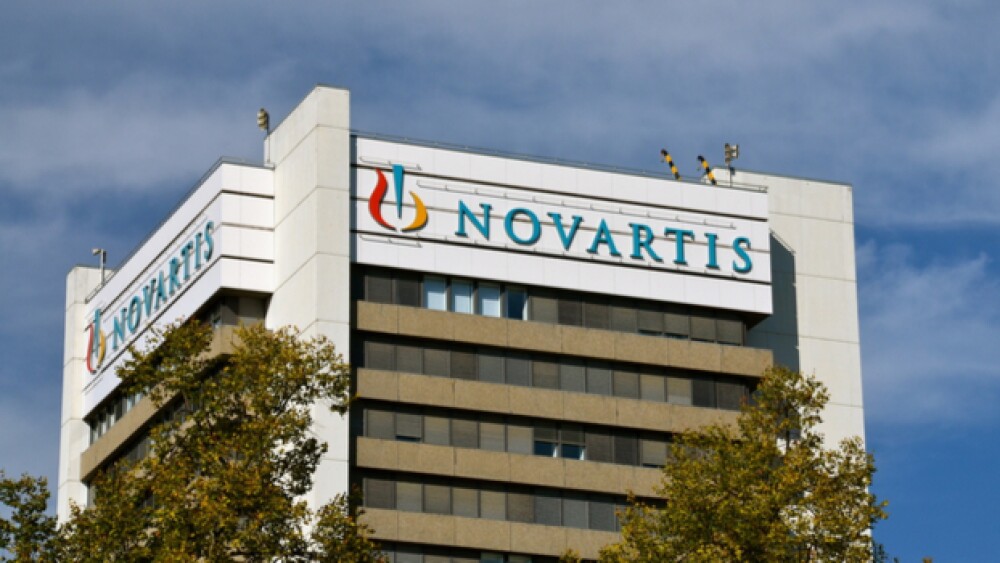We embarked upon the landmark Phase III PARAGON-HF trial to determine whether sacubitril/valsartan could have a meaningful impact on the treatment of HFpEF, as it does in the treatment of heart failure with reduced ejection fraction,” stated John McMurray, professor of Medical Cardiology at University of Glasgow and PARAGON-HF Executive Committee Co-Chair.
lucarista / Shutterstock
Novartis’ Entresto (sacubitril/valsartan) is currently approved for reduced fraction heart failure and the company was hoping to get it approved for another type of heart failure, preserved ejection fraction (HFpEF). However, the company announced today that the drug compared to valsartan in HFpEF patients “narrowly missed” hitting its primary endpoint in its Phase III PARAGON-HF study.
Heart failure (HF) affects about 26 million people worldwide, when the heart can’t pump enough blood to the body. There are two specific types, preserved ejection fraction (HFpEF) and reduced ejection fraction (HFrEF). HFpEF is where the heart muscle contracts normally, but the ventricles don’t relax during the part of the cycle where they should relax and the ventricle fills with blood. This is associated with high hospitalization rates, poor quality of life and increased mortality.
“Around half of all heart failure patients, some 13 million people worldwide, are estimated to suffer from HFpEF, and there is currently no approved treatment,” stated John McMurray, professor of Medical Cardiology at University of Glasgow and PARAGON-HF Executive Committee Co-Chair. “We embarked upon the landmark Phase III PARAGON-HF trial to determine whether sacubitril/valsartan could have a meaningful impact on the treatment of HFpEF, as it does in the treatment of heart failure with reduced ejection fraction.”
Entresto, which is taken twice a day, is projected to exceed $3 billion in annual sales for its current indication, HFrEF. Novartis projected that if it Entresto had passed this clinical trial and been approved for the additional indication, total annual sales could have passed $5 billion.
Novartis indicates it plans to present the data at the European Society of Cardiology (ESC) Congress 2019 in September. Also, because it missed statistical significance by a small margin, the company plans to discuss its next approach with clinicians and regulators.
“The totality of evidence from the trial suggests that treatment with sacubitril/valsartan may result in clinically important benefits in HFpEF,” stated John Tsai, Global Drug Development and chief medical officer of Novartis. “We will be discussing potential next steps with clinical experts and regulators while we prepare to present the full results at the ESC Congress 2019 in September. We thank the patients, investigators and site personnel around the world for their support during the PARAGON-HF study.”
PARAGON-HF is the biggest clinical trial in heart failure with preserved ejection fraction (HFpEF) run so far, a randomized, double-blind, parallel group, active-controlled, 2-arm, event-driven trial comparing the long-term efficacy and safety of Entresto compared to valsartan in 4,822 patients with HFpEF. The patients in the trial were ambulatory with established HFpEF with about half having a history of being hospitalized for heart failure.
The primary endpoint of the trial was the composite of total, both first and recurrent heart failure hospitalizations and cardiovascular death. PARAGON-HF is a part of FortiHFy, the largest international clinical program in the heart failure area in the pharmaceutical industry. FortiHFy has more than 40 active or planned clinical trials that evaluate a broad range of data, including decreasing symptoms, efficacy, quality of life benefits and real-world evidence.
The PARAMOUNT-HF Phase II trial had positive data for Entresto in decreasing NT-proBNP, a biomarker of cardiac strain, compared to valsartan at 12 weeks and was linked to improvement in NYHGA class at 36 weeks.





